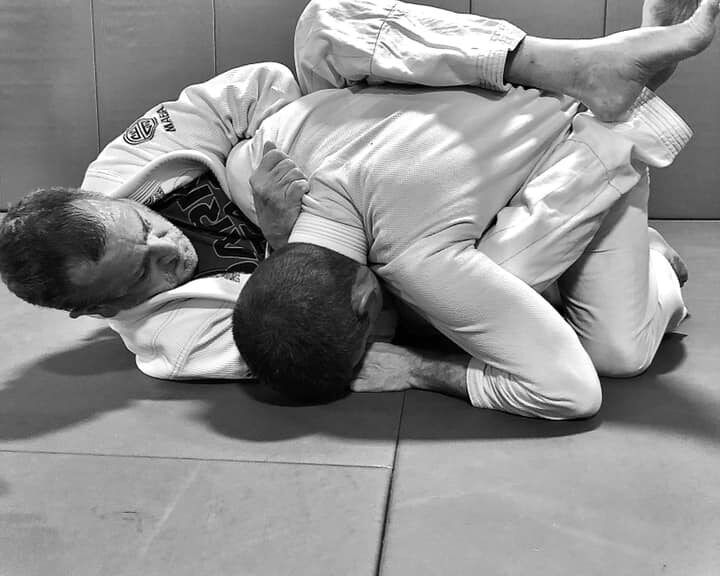For quite literally years and years I have been telling people that one of the single best skills we can have if we are truly interested in real world self-preservation is the ability to breakfall. It is not sexy or tacti-cool, but it is far more likely to be used and more likely to save you from harm than a firearm or H2H fighting skills.
The simple fact is that everyone falls – whether that is because of slipping/tripping over something on the ground, or getting our feet tied up through bad, hasty, unthinking movement. We all have done this at some time, and some of us have done it a lot. Hopefully, the most negative thing we get afterwards is embarrassment or some broken skin, but all too often the consequences are much worse. For anyone who is unsure about that, look up how many times a senior citizen who falls and breaks their hip then passes away as a result.
At the beginning of my Immediate Action Combatives coursework, I tell people the seminar is NOT about teaching you to voluntarily go to the ground to fight. Instead, it is about “when you do not intend to go to the ground but find yourself there regardless”. When I ask students if that is possible and how it would be, they universally answer “after falling”, because anyone who is honest will admit that they have fallen at some point in their life. I point out that even if you do not want to, if you have not trained specifically to stay on your feet, finding yourself under sudden surprising violent assault is not the time when your brain is going to be able to do so easily.
Take this video as a case in point, as it is a perfect illustration of what I try to get across.
Does anyone think that the LEO wanted to go to the ground? Of course not. It is obvious that was unintended and totally accidental. And because it was accidental, and he was not prepared or trained for it, the single reason he did not suffer worse consequences was that the bad guy had the same reaction. If the bad guy had not fallen over the officer and had a bit more presence of mind, there is a pretty good chance the officer would have suffered major injuries from the bad guy’s knife, and perhaps even have died. The good guy was also extremely lucky that he did not suffer injuries from the fall itself such as hitting his head. Again, nothing good would have followed that.
The good guy in the above video was lucky, but I don’t really think counting on luck to save your life is the best plan. That is no different than making poor financial decisions over and over again in the hope that you will hit the lottery at some point. You need to prepare and practice for it the same exact way you practice drawing from concealment with your carry pistol.
If you are honestly interested in self-preservation, than you need to spend a solid amount of time on the things that are most likely to kill you. Having decent health (regular physical checkups, including dental since there is a direct link between poor dental hygiene and heart attacks), not being excessively fat, eating like an adult, being a good driver, knowing CPR and how to work an AED machine and recognize the signs of a stroke, and knowing how to survive a sudden fall. None of these are sexy or can be easily accomplished by buying gear, but they mean far more to your actual well-being.
In the next article, I will talk about how we go about learning and developing the ability to breakfall.




